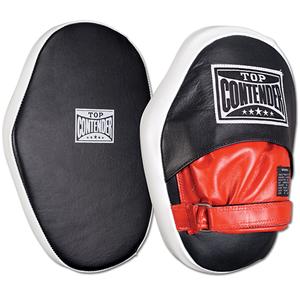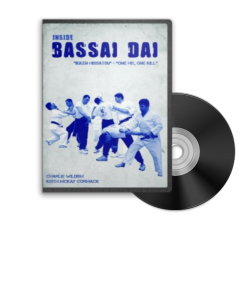Nijushiho is one of my favorite katas. I passed my 2nd Dan with it more years ago than I care to remember. I posted about it’s opening sequence in September. This time we look at one of the sequences towards the end.
The version of the kata that I describe is the Shotokan version which of course may be performed differently in other styles. In the Shotokan version, this is an unusual sequence as we step into horse stance and perform an upper rising elbow strike at approximately a 45 degree angle, shuffle sideways and perform a punch (in direction of shuffle) at the same time as our reaction hand comes back to our ear (instead of the hip), then we shuffle back and perform a lower block.
The elbow strike is obvious enough, but why the shuffle/punch. If we wanted to deliver a finishing punch, why not rotate the hips and put more power into it? This punch is unique in Karate. We have similar punches in the Tekki (Naihanchi) katas where perform and hook punch and later a double punch, both parallel to our horse stance. But these punches in Tekki still have some hip movement (often referred to a hip “vibration”). There is no hip vibration in this punch in Nijushiho. The only thing that powers it is the speed of the arm and the shuffle, which although still fairly powerful, it is still weaker than most other Karate punches.
Why do we chamber our reaction hand by our ear instead of our hip?
The chambering by the ear could be for the down block to follow, but even that leads to more questions. If you’ve just elbowed somebody to the head then punched them, they should not be in a fit state to attack you back, so you shouldn’t need to block. And if you are blocking them, why does the kata then turn you in a different direction rather than finishing off the guy who has just attacked you?
Most of you will realise that blocks can also be strikes, so maybe this is a strike. However, it is done as you shuffle away from your target. Usually you move your body weight in the direction of the strike, not away from it. So this lower block (arguably) is not likely to be either a block or strike in the conventional sense.
This would leave me to conclude that the unusual chambering position (by the ear instead of hip) may be doing something in conjunction with the unusual punch. Have a look at our video to see what we think.
PS: I did have another application lined up, but my SD card was full. I’ll put that bunkai on another time.
PPS: If your style performs this kata but does this sequence differently, then please tell us about it.
Nijushiho
By Charlie Wildish 3rd Dan Shotokan Karate and Lotus Nei Gong Tai Chi and Keith Cormack, Wing Chun instructor, Choi Lee Fut and Shaolin.


 To be honest, my first thought was “what can I say about focus mitts“. After all a focus mitt is a focus mitt, they are not complicated pieces of equipment and as long as they can withstand the impact then they do their job!
To be honest, my first thought was “what can I say about focus mitts“. After all a focus mitt is a focus mitt, they are not complicated pieces of equipment and as long as they can withstand the impact then they do their job!


